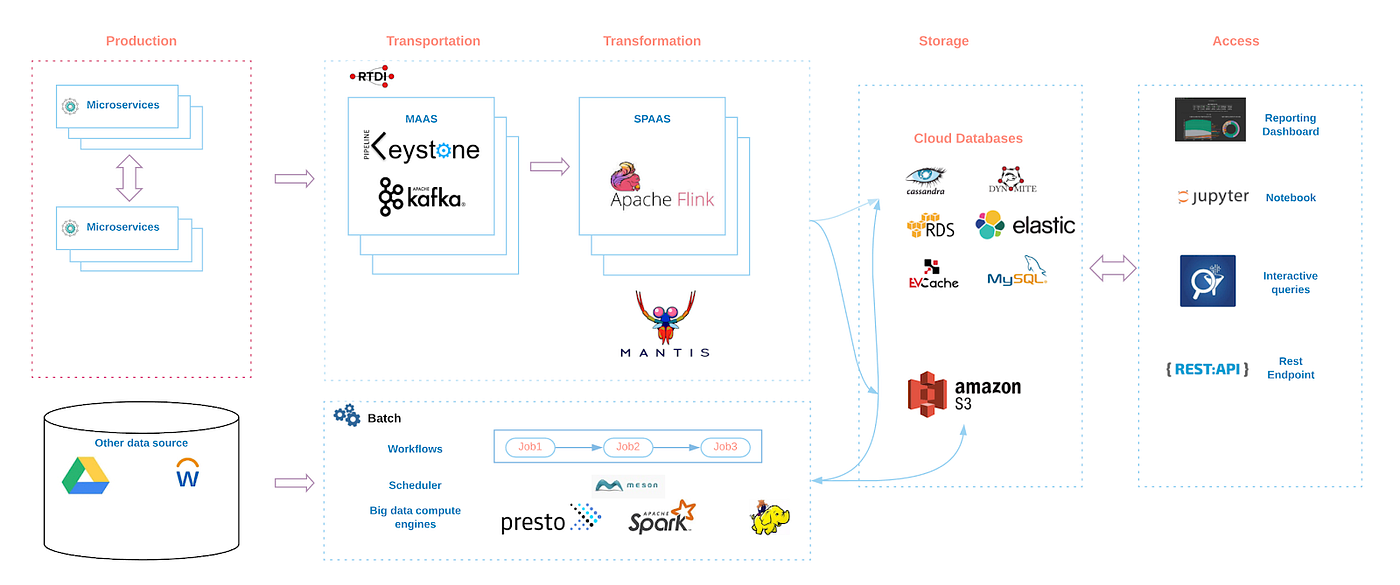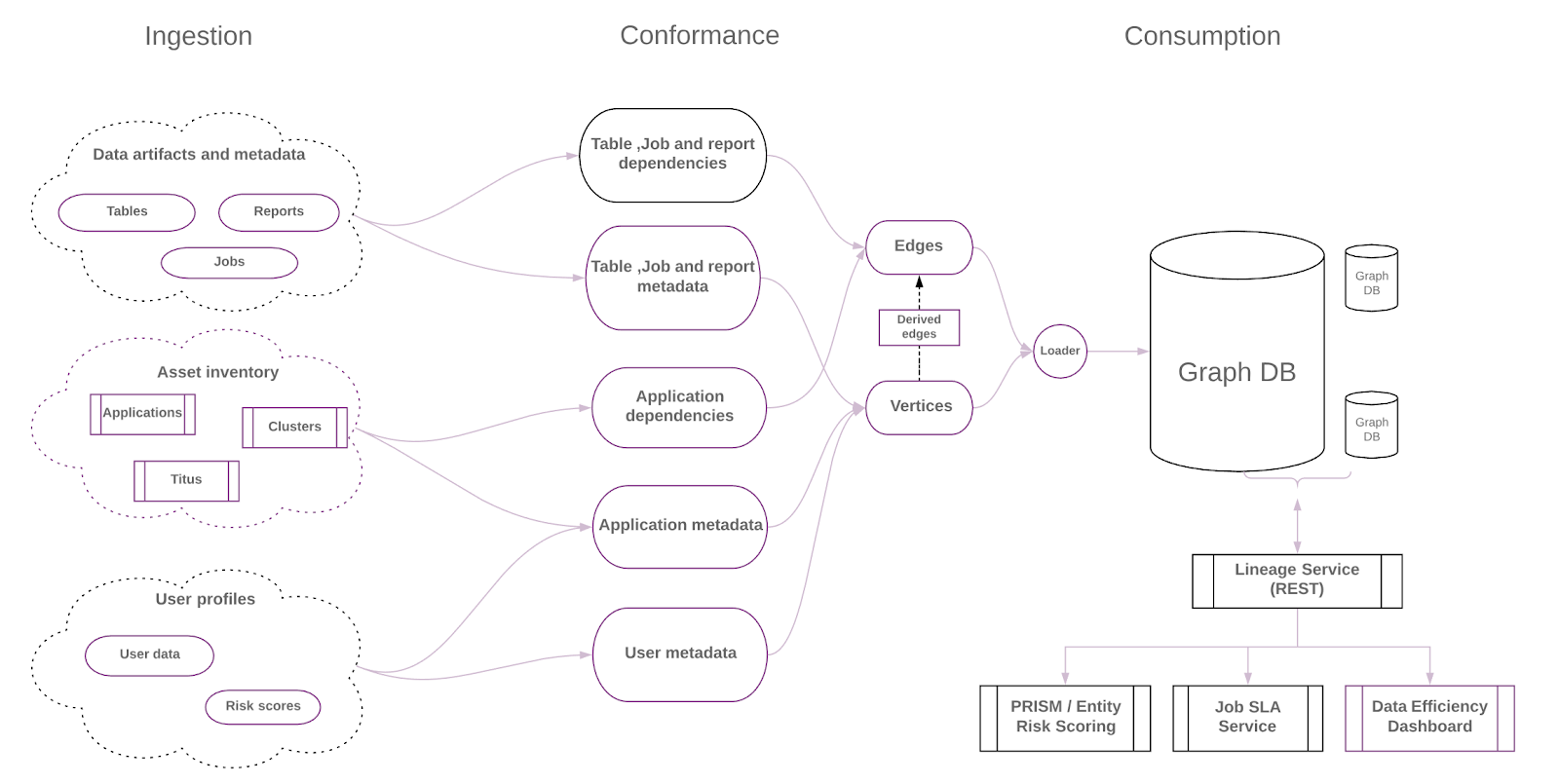Algorithm
本周完成的算法题: Combination Sum
题目要求:
1 2 3 4 5 | |
分析:
这题可以通过回溯法来解决,通过递归下降多次遍历数组来寻找满足条件的组合。
1 2 3 4 5 6 7 8 9 10 11 12 13 14 15 16 17 18 19 20 21 22 23 24 25 26 27 28 29 30 31 32 33 34 35 36 37 38 39 40 41 42 43 44 45 46 | |
Review
本文是Netflix的一篇技术文章。讲述了Netflix内部是如何构建一个数据链路关系系统的。
公司从小到大的过程中,一定会伴随着数据越来越多,数据链路越来越复杂。很快就没有人能够了解数据全貌了。文章开篇提了三个场景:
- 假设你是一个决策者,当你要根据数据看报做一个关键决策时,是否可以自己去验证下看报背后的数据到底是什么
- 假设你是一个开发者,当你决定要修改你提供的服务的数据结构时,是否可以知道哪些下游会受到影响
- 假设你现在负责平台的可靠性,你的任务是主动监测上游任务的问题,提前给数据作业owner报警。你要设计一个SLA预警系统,需要用到上下游数据依赖以及历史状态数据。
(Finally, imagine yourself in the role of a data platform reliability engineer tasked with providing advanced lead time to data pipeline (ETL) owners by proactively identifying issues upstream to their ETL jobs. You are designing a learning system to forecast Service Level Agreement (SLA) violations and would want to factor in all upstream dependencies and corresponding historical states)
要满足以上的需求,就需要有一个 complete and accurate data lineage system。
自由和责任是Netflix内部文化的重要部分。核心思想是你可以自由的选择实现方式,但是要为其负责。同样这样的自由也会导致公司内部技术栈的多样性,同样也会带来更多的负责度。作者就面临这样的问题。以下是Netflix 的一个Data Landscape。
为了满足Netflix内部多样化的数据,Data Lineage有以下的几个设计原则:
Ensure data integrity数据完整性。 需要精确完整的保存数据关系来建立用户的信心。一个不完全可行系统带来伤害可能多过好处。Enable seamless intergration无缝接入。需要能够满足新的数据工具快速接入。Design a flexible data model灵活的数据结构。使用一个通用灵活的数据模型来表示不同的数据来源。
最终的系统实现图如下:
解释下这个图:
首先左侧是数据接入层,每个业务系统都有它自己独立数据处理逻辑,独立的数据模型。所以在使用之前需要统一进行转换。
中间一层就是数据转换层,转换层将所有收集上来的数据进行转换,统一用点和边的图模式表达。数据转换完毕后会将数据存储到图数据库中。
右侧就是数据存储和服务层。在数据之上建立了的REST服务层,对外提供数据服务。
Tip
在Java中很多情况需要对一些特殊字符做一些转义。那么一般的写法就是为罗列出所有的需要进行替换的字符,然后不停的调用replace。比如像下面的代码:
1 2 3 4 5 6 7 8 9 | |
这样写虽然能够完成需求,但是不太优雅。在Java的正则表达式中实际是可以支持类似$0 $1这样的占位符的。那么像.replace("[", "\\[") 可以改写成 .replace("[", "\\$0")。
在这个实现中,$0 代表的是整个正则的匹配结果,$1 $2...$n 代表的是从1-n的捕获组的内容。
具体的捕获组的介绍可以参考:正则表达式的捕获组(capture group)在Java中的使用
上面的语句改成类似形式的案例:
1 2 3 4 5 6 7 | |

